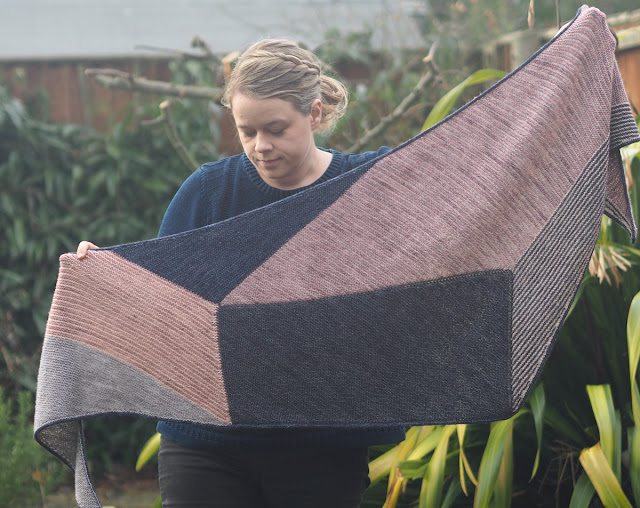New Pattern: Jupon

There's a new pattern out. I say new but for me, this is one of my oldest patterns, that I have used many times and I thought it was about time I shared it for you all to try. I don't know about you but I love the smooshy, slipped stitch heel on a sock. Covering the whole sock in this pattern, creates extra thickness and just feels so warm and cosy. The pattern is easier to work in the round than on the heel flap, so it's quite a relaxing knit to work too. Jupon are worked from the top down and the name, Jupon, is derived from the slipped stitches used in the sock. Jupon is a type of slip (petticoat). As you can see from the collage below, I've worked this pattern a few times using different types of yarn. It seems to work well with all types of yarn dyeing - plain, semi-solid, speckles, self-striping, variegated. The slipped stitch pattern covers most of the sock even down to the tips of the toes. Use the introductory discount code JUPON for a 15% discount until midnig...




